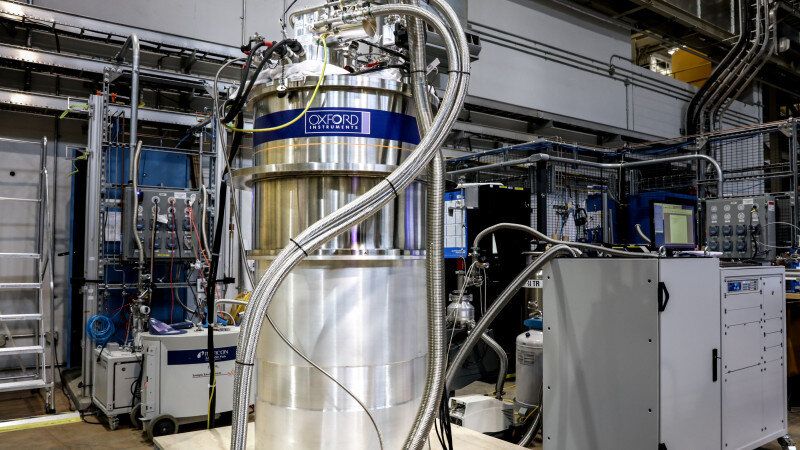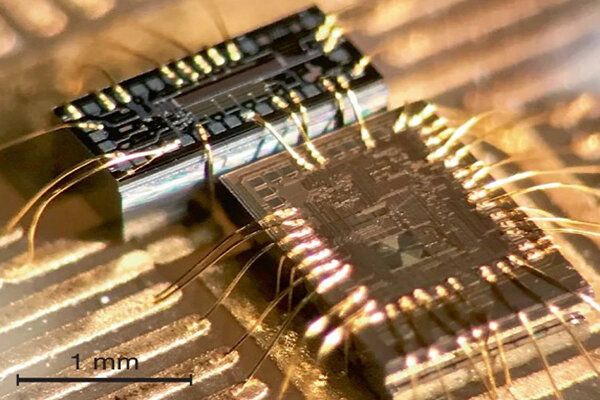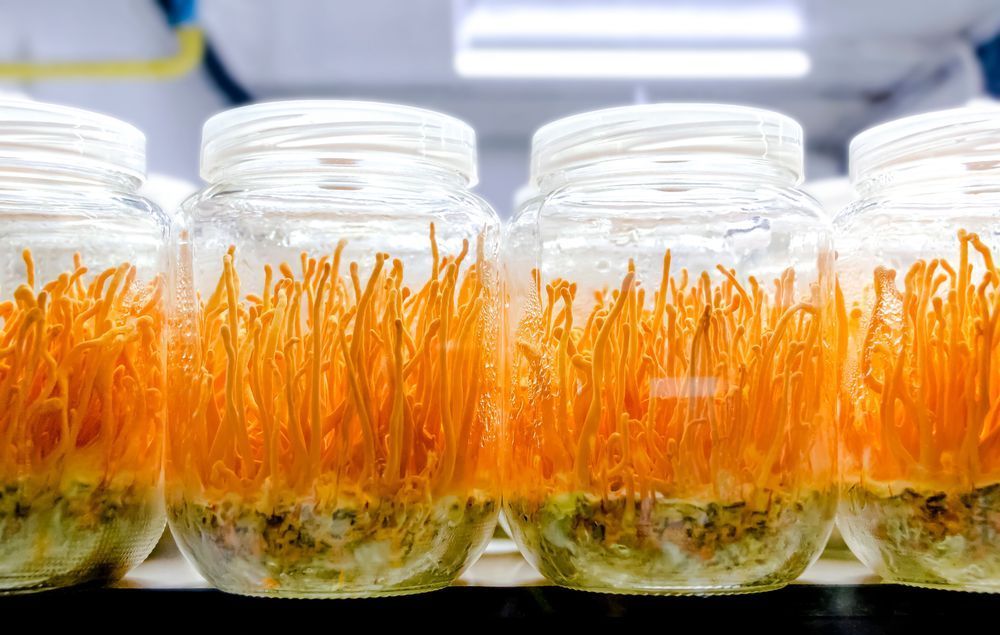Circa 2015 face_with_colon_three
We already have smart guns, but DARPA has taken the next logical step — the defense agency has built smart bullets. The military agency has shown off new footage of its Extreme Accuracy Tasked Ordnance — shortened to EXACTO rounds — that show the smart bullets maneuvering in mid-air to hit moving targets.
DARPA first showed off its EXACTO technology in a video released last year. The clip highlighted the agency’s advanced bullet as it’s fired from a rifle, showing it veering off course half-way through its flight to hit a designated area. This new video, taken during tests earlier this February, shows the rounds compensating for the acceleration of a moving target, deviating from their natural course to slam into their torso-shaped objective.








